|
Copyright 2019, Shop Hacks, all rights reserved 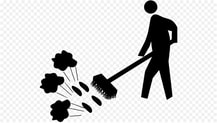 Dust is like a bully… you don’t know how to avoid him so you just give him your lunch money. Then one day you learn how defend yourself. Once you learn how to beat the bully, you are free and you never have to be bothered by him again… Do you enjoy cleaning, wearing and breathing dust in your home or workshop? This is the first in a series of articles that will empower you with the knowledge you need to beat dust in your workshop without spending a fortune on dust collection and air filtration systems. We tested 8 different air filtration systems to determine which ones worked best and how you can can have cleaner air in your home or workshop without spending a small fortune. We tested and compared several commercial air cleaners, a household HEPA air filtration system and several DIY air filtration solutions including a super cheap and simple box fan with a furnace filter. We used a laser particle counter to measure dust removal and air filtration performance so you can have confidence that the results presented in this article are objective and reliable. You no longer have to rely on Internet opinions. For more Shop Hacks tips to help you Build Your Space and check out the following pages... I am not sponsored or compensated by any company so you can rest assured that all of the results in this test are unbiased. I spent several hundred dollars of my own money and a week and a half of my time to bring this to we can all see which systems may work best for your shop. My hope is that many of you will use this information to build an even better filtration system and then share it with the community. I hope the information presented in this article empowers you to create your own air filtration system. Shop Hacks exists to help you Build Your Space and clean, healthy air is certainly a foundational component of getting the most out of your shop time! I encourage you to interact in the comments section of this blog and to share the link with friend and groups that may benefit from this information. Link to this article HERE. Is dust really a problem? That's a great question that doesn't get much attention. Everyone knows an old-timer who brags about breathing 10 gallons of dust a day for 30 years without a problem. So, is dust really a problem or is it just something that we can ignore so we can focus on getting projects out the door? Let's start with a couple obvious benefits of having a nearly dust free workshop... 1. You will spend more time making, building and fixing and less time cleaning if you capture the dust before it settles on your tools and floor. Did you enjoy cleaning your room when you were a kid? We all know the answer to that question. Then why do you not mind having to clean up your shop after every project? I spent 3 hours cleaning all the dust off of everything after this test. If I would have used my dust collection and air filtration systems there wouldn't have been any dust to clean up at all and I would have spent those 3 hours working on something I enjoy. 2. Using open tool storage can save hundreds of hours per year if you work in your shop every day. If you can capture the dust before it lands on your tools and materials you can use open tool storage which is much more time efficient than storing tools in boxes or cabinets. You don't have to look for tools, you can grab them and put them back without having to open a drawer or door. However, if you don't have good dust collection open tool storage isn't feasible because dust would cover them in no time. However, if you modify your tool dust ports and install an effective air filtration system then you won't have to worry about dust on anything. I've had the open storage system shown in the picture above for over 2 years now and I never have to clean any dust off. It is a joy to be able to reach for and put away most of the tools I use every day without having to walk to a cabinet or open a door or drawer. 3. Dust is an invisible enemy to your long-term health. The dust that does the most damage in your body is the dust that you can't even see. You can see dust particles as small as 100 microns. Dust that is 100 microns or larger is very likely to get trapped in your nose, throat or upper respiratory system and coughed back out so it doesn't pose as much risk as the very fine particles. However, larger particles can still lead to allergies or nasal cancer due to the chemicals that are in wood products. Dust from some exotic wood species also expose you to a higher risk for allergies and nasal cancer. You can find a table listing the relative toxicity of different wood species HERE. An even larger problem lies with dust that is so small that you can't see it. Dust consisting of particles that are 5 microns and smaller can travel the to the full extents of your lungs and enter your bloodstream. Think about what is in the dust you breathe. MDF, plywood and treated woods are full of chemicals from glues, binders, formaldehyde, and other chemical agents. You would never consider allowing someone to inject even trace amounts of these into your blood with a needle but that's essentially what you are doing every time you breath these particles. They enter the blood which leads to inflammation which is at the root of many diseases. I started taking dust collection and air filtration seriously after leading a NASA research project that studied the effects of recycling plastics in space. Part of that project included researching the long term effects of airborne particulates on human health. That research convinced me to start taking dust collection much more seriously. I didn't want my hobby to negatively impact my long-term health. I purchased a laser particle counter so I could see the dust that was previously invisible to me. Once I could see what tools were the worst offenders and how bad the air quality really was in my shop most of the time, I redesigned the dust ports of the worst offending tools then I worked my way to the rest one by one. In future articles, I'll show you how to modify your tool dust ports to make them MUCH more effective at capturing dust. A little hint though, if you can capture the dust before it gets more than 1" away from the source you don't need an expensive dust collection system to do a very effective job. You can't always capture 100% of the dust so I developed air filtration systems to reduce the time that any dust that escaped my dust collection systems stayed in the air. Those systems are included in the testing performed here. Now I enjoy a nearly dust free shop with air that is typically 10x cleaner than the air outside the shop. I now go into my shop to get a breath of fresh air. Clean and safe air was my initial goal but saving time and not having to wear, breathe or clean up the dust were wonderful side benefits that I would never want to do without now that I've become accustomed to them. I never knew how much I would come to love being able to make a cut without wearing or breathing any dust. In the early part of the 20th century people scoffed at the idea of indoor plumbing. Who needs that in their house? Once they realized the benefits it was obvious that the old way was outdated. Some people still have an outdated view regarding dust collection and air filtration. We are getting close to a major shift in attitudes regarding dust collection in the workshop. This article should help further the knowledge that can save your health and buy you more time doing what you love to do. In this article you will learn...
modification)
Air Filtration System Features, Testing, and Results Air Filtration System Features Retail air filtration systems include a couple features that you may find helpful. Remote control: Remote controls are nice if you want to turn the air filtration system on/off without having to reach it. I keep my remote next to the door so as I leave the shop I can set a timer to run the air filtration system for a couple hours to clear any remaining dust from the air. The remotes allow powering on/off, changing air speed and setting the countdown timer. There are two types of remotes, 1) radio frequency(RF) and 2) infrared (IR). RF remotes work even if there is not a clear line of sight between the transmitter and receiver. Infrared (IR) remotes require a direct line of sight to work so they will not work if there's anything between the remote and the receiver. Think of an IR remote as a flashlight. If you can't hit the receiver with a beam of light from the transmitter it won't work. I recommend buying units that come with RF remotes. Timers: Timers allow you to set the air filtration system to run 1 to 9 hours after you leave the shop. The WEN unit has settings for 1,2 and 4 hours. The Powermatic unit allows up to 9 hours. Timers are handy because you can make your last cut just before leaving your shop then set the air filter to run for a couple of hours to clean the air without having to stick around. That reduces the fine layer of dust that coats everything. Systems Tested Table 1 summarizes, in no particular order, the systems tested as well as their various performance characteristics and features. The best of each category is highlighted in green. You will also find the results of the following tests summarized in Table 1.
Table 1 – Air filtration systems specifications and features We also tested and documented the following ...
Lessons Learned...
Test Results Summary For those of you who just want the facts without the commentary then Figures 1 and 2 and Table 2 summarize, at a glance, the performance of all of the systems tested. You can read about specific nuances of each system and several of the important lessons learned in the Systems Performance Summary section. You can go straight to the Recommendations section if you don't care to know how it works and just want to get started right away. Figure 1 – This Chart Summarizes the Performance of all the Systems Tested Figure 2 – Time required to clear the air in a 24’x32’x8’ workshop (Clear from 1 million particles per cubic foot to 30,000. Particles > 0.5 microns) Table 2 – Time required to clean the air from 1M to 30,000 particles/ft3 (particles > 0.5 microns) >300,000 = "Very Unhealthy" <30,000 = "good" air quality Shop Hacks Promotion... Click to Build The Ultimate Flip Top Workbench (Plans and Hardware) Shop Hacks Recommendations
One caveat to furnace filter and axial fan type systems... for a one or two filter system, the flow rate will decrease faster using an axial fan (box fan) than with a cage (furnace) blower system as the filters load with dust. This means that you will need to clean the filters regularly to maintain performance or use a 4 filter configuration (each filter handling 1/4th of the airflow) to outperform the squirrel cage blower systems even with dirty filters. Axial fans deliver 1/10th to 1/5th as much static pressure as cage blowers so you will need at least 3x as much filter area to match a cage blower system performance as the filters start to clog. A 4-filter system should have approximately 1/16th as much pressure drop for any given flow rate compared to a 1-filter system. The Shop Hacks Ultimate Air Filtration System uses 5 filters so CFM is maintained even as the filters become caked with dust.
Deep Dive - Continue reading if you are the type that wants to understand more about this topic including how these tests were performed. Will a clogged filter on a box fan cause a fire? We might as well discuss this first since it is bound to come up in any discussion. Are box fan filtration systems a safety hazard? It is definitely worth asking the question.
You will see many people claim that a box fan will overheat if the filter becomes clogged. I put it to the test. I placed a thermocouple on the metal motor housing of two different box fan models and COMPLETELY blocked the airflow by duct taping a piece of cardboard completely covering the rear of the fan so that no air could pass. I ran the fans for 30 minutes which was long enough for them to reach their maximum temperatures. In each case the motor housings stabilized at around 82F in a shop air temperature of 70F. Fans create a lot of flow in and out of the front grate even if the rear is blocked. Apparently, for the two fans I tested, that was enough circulation to keep the motors cool. The fact that the filter keeps dust from accumulating on the fan motor housing and coils probably offers more protection than danger in most cases. A box fan filtration system will work with the filter on the front or the rear. However, you should mount the filter on the inlet side to protect the motor and blades from dust and lint accumulation. While this is not a definitive test by any means, I believe it is enough to calm any fears I have that a clogged filter will cause either of these two fan models to start a fire. If you are worried you should to run the same test with the model fan that you choose to use. Conclusion: I don't believe a clogged filter could start a fire in the two fan models that I tested. However, that doesn't mean that every fan model is safe or that these fans couldn't change over time so you should assume that your fan can catch fire if you don't keep the filters clean enough to flow plenty of air unless you test it yourself. I have heard two first-hand accounts from friends who said that they have had a box fan catch fire or almost catch fire. Filtration Performance Test protocol Each test consisted of cutting about 12 ft of ½” MDF and 12 ft of ¾” melamine on a table saw with the blade elevated 2” above the stock (to create even more dust). This raised the dust concentration levels in the shop to over 1,000,000 particles per cubic foot for particles > 0.5 microns. After the cuts were completed and the particle count reached the limit, the air filtration system was turned on and particle counts were logged from 1M particles/ft3 (very unhealthy air quality) until the level reached 30,000 particles/ft3 ("good" air quality).
For reference, according to the laser particle meter manufacturer, particle counts over 300,000 particles per cubic foot is "Very Poor" air quality. Particle counts under 30,000 particles per cubic foot are considered "Good " air quality. The graphs below show how quickly the various systems tested lower the particle counts over time. Typical particle counts for the outside air where I live (in the Ohio Valley) average between 50,000 and 100,000 particles per cubic foot for particles > 0.5 microns. The air quality here is not very good but it is excellent inside my workshop. System Sizing Considerations This is a good place to include this information since the test results presented in this article are affected by the volume of my workshop. If you run the same test in a smaller shop the particle concentration will go much higher and will drop much faster. In a larger shop the particle counts won't rise as high and it will take longer to bring them down to safe levels. My workshop is 24'x32'x8' 2 1/2 car garage which is 6144 cubic feet. To determine the volume of your workshop just multiply the length x width x height. If you don't have a flat ceiling then the volume will be less. Unfortunately you won't be able to simply compare your shop volume to mine to determine what size system you need. The general rule of thumb is to choose a system that will move enough air to pass the full volume of your shop at least 6x per hour. So, if your shop has 6000 cubic feet of air volume then aim for a unit, or multiple units that can flow at least 600 CFM combined. (I.E. 6 air exchanges per hour x 6000 cubic feet = 36,000 cubic feet per hour. Divide that by 60 minutes per hour and you get 600 CFM minimum flow rate target. However, any air filtration is better than no air filtration as long as the system uses decent filters. REMEMBER... effective dust collection should ALWAYS be a first priority. No air filtration system can protect you from harmful concentrations of dust unless you have effective dust collection. An important note about flow and filter ratings and flow rate When I started the tests for this article I noticed that the MERV 6 filter that I was using as a prefilter had nearly as much pressure drop as the MERV 11 main filter. I assumed that a higher rated filter would be much more restrictive. However, I looked into it some more and found several references that showed that MERV ratings and flow restriction are not always related. As you can see in Figure 3 below, a higher filter rating doesn't always mean the filter will be more restrictive. I haven't verified these results myself but they indicate that the Filtrete 1900 filter is superior in both filtration efficiency and flow rate compared to several other filters, including filters with lower MERV ratings. Figure 3 – A higher MERV rating doesn't always mean a filter will be more restrictive As a result of this finding, I recommend that you use the Filtrete MPR 1900 20x24x1 filter or the 20x20x1 size for any filtration system you make yourself. It provides a slightly higher efficiency an a lower pressure drop that the filters I used in this test. Using a cheap fiberglass prefilter in front of the MPR 1900 filter will help extend the life of the high grade filter and prevent it from damage when you sweep the lint off the prefilter. Figure 3 shows that a MERV 13 filter can have a lower flow resistance than a MERV 11 filter but that is not to say that it will ever have less flow restriction than a cheap fiberglass filter. That's certainly not the case. However, cheap fiberglass filters are simply lint filters and do nothing to protect your health. Side Note... Will a high grade pleated filter shorten the life of your furnace blower motor? I won't go into great detail here but this is a good time to talk about filters verses fan motor life. I tested several of the systems used in this test with no filters, with filters and with the inlet or outlet completely blocked. In every case the squirrel cage blower motors drew much less power when completely blocked compared to without any filters. The axial fans drew about 10% more power when the air flow was completely blocked. There are some furnace motor types that this doesn't apply to but, even with those, the difference in power used will be very small. You will hear almost every HVAC tech you talk to say, "high grade filters will kill your furnace blower motor!". That is true if you allow the filter to completely clog to the point that it doesn't flow enough air to cool your blower motor. It is not true otherwise. In many cases, the motor will draw less power with a high grade filter. My testing has shown that some MERV 13 filters have a lower air flow resistance than most lower rated filters. The only exceptions are the very cheap fiberglass filters that only remove lint and very large dust particles. Conclusion: You should... 1. Use the Filtrete MPR 1900 filter which has a LOWER flow resistance and a HIGHER filtration efficiency than any other 1" filter I've tested if you can be sure to clean or change this filter before the flow rate gets too low. ---OR---- 2. Use an ultra cheap fiberglass filter that can get very dirty before it starts restricting airflow much at all. These are unlikely to ever restrict airflow enough to overheat your furnace blower motor. Don't use a filter in between because filters in between these two will restrict air flow more that the cheap fiberglass filters and the Filtrete MPR 1900 filter AND they will filter fewer particles than the Filtrete MPR 1900 filter Who should use high grade furnace filters?
Systems Performance Detailed Summary Let's start the countdown starting with the worst and working our way to the best... #11 Of course, the least effective method was to use no dust collection and no air filtration. However, the takeaway from this baseline test is to understand how unhealthy your workshop air can become after just a few cuts if you don't have effective dust collection and no air filtration. Don't ignore this warning. If you spend enough time breathing high concentrations of dust it certainly will affect your health one way or another. Most often people never connect the symptoms with the cause.
To #10 In almost every video I've watched showing how to build "the ultimate box fan filtration system" they use cheap fiberglass filters or low grade filters. I cringe when I see this because most of those systems will catch large particles but they do little to nothing to remove fine particles. In some cases these systems may do more to keep very fine dust stirred up than anything else. In this test I used a 20x20x2" discount MERV 12 Filter strapped to a Holmes HBF 2001DP-BM box fan. The discount filter claims to meet the MERV 12 specification. However, as you can see in Figure 4, the discount filter (with a claimed MERV 12 rating) didn't perform much better than using no filter at all! I won't trust my health to to filters rated less than MERV 11 or to brands that I haven't personally tested with satisfactory results. I've tested 3M (Filtrete), Honeywell and discount filters. The 3M and Honeywell filters have always met or exceeded their marketing claims. I ordered the discount filters two separate times several months apart from Amazon just to make sure I didn't receive a defective product the first time. Both filters performed exactly the same. I sent them back. I suggest if you use any brand other than 3M or Honeywell directly from a big box store that you use an air quality meter to check to see if it performs to your expectations. Try comparing different brands to see what it reveals. Figure 4 – Comparison tests
#9 WEN 3410 - The 3410 is also a very popular model because it is very inexpensive at $126 including shipping. The WEN came in as the quietest option of the test but that is expected because it moved the least amount of air. As with the Powermatic, the advertised 400 CFM flow rating is overstated. I measured 257 CFM with brand new filters and 357 CFM with no filters installed. In terms of filtration performance for the price it is on par with the Powermatic PM 1200 but you would need to buy 4 WEN 3410 systems to equal the performance of one Powermatic PM 1200 system. The WEN 3410 took almost two hours to bring the dust concentrations below 30,000. That means this system would be most appropriate for very small shed shops. Even in a larger shop it is much better than nothing but it is only worth the $$ if you don't want to put together a DIY system yourself. If you already have this system I suggest ditching the stock prefilter and building a custom intake frame so you can use a Filtrete MPR 1900 20x24x1 filter as the prefilter. I didn't test the results but I'm confident that this will improve the performance of this system significantly by lowering pressure drop, increasing the flow rate and increasing the prefilter efficiency.
#8 Holmes HBF 2001DP-BM 20" box fan, 3M MERV 6 filter and one MERV 11 filter (stacked). The 3M MERV 11 filter is not shown in the picture but it was stacked inside of the MERV 6 filter. This setup brought the particle count down to 30,000 in 65 to 75 minutes putting it in 7th place out of the 10 tests. I ran the test twice without cleaning the filters in between and the it took 10 minutes longer to clear the air in the second test. This was likely due to a lower flow rate as the filters clogged with dust. An interesting note about these results is that this system moves about the same CFM as the WEN 3410 and was only slightly more efficient at removing particles > 0.5 microns (outlet concentration/inlet concentration) but it performed about twice as well as the WEN. Looking at these two numbers one would expect them to take about the same amount of time to clear the air. So, why did it clear the air more than 50% faster than the WEN? If you have any theories feel free to discuss them in the comments. Box fans pull a LOT of air into the front as well as blowing air out. This makes it somewhat difficult to obtain reliable air flow rate readings. It is possible that the air flow test readings were underestimating what was really occuring. The efficiency readings are in line with the filter specifications so I believe that number is accurate. Considering the profound difference in how quickly this system pulled particle counts down compared to the WEN it would be interesting to know exactly why. This configuration is certainly the lowest cost and it is the easiest to implement. For this test I used silicone box fan filter grips to secure the filters to the fan. You can also simply use duct tape to save a few dollars and to gain a little bit more performance. As I mentioned earlier, after completing these tests I found a set of flow-curves for furnace filters with various MERV ratings online. To my surprise, some of the higher rated filters had LOWER flow resistance. See Figure 3 for reference. For this reason, if you want to use this setup I recommend using a single Filtrete MPR 1900 20x24x1 filter . It will flow more air and catch even more of the small particles than the filters used in my testing. #7 The Honeywell 50250-S True HEPA Air Purifier is a true HEPA rated air filtration system designed for home use. As the test results indicate this system captures 100% of all of the particles my system can measure. The HEPA standard calls for the capture of 99.97% of all particles > 0.3 microns. I included this unit in the test to see how the performance of a home air filtration system compares to a workshop and DIY air filtration systems. To my surprise it barely surpassed the $37 box fan system. To be fair, this HEPA filtration system will remove some particles that a furnace filter can't such as very small smoke particles as well as some allergens that are too small for furnace filters. However, for most particles of concern the box fan and floor fan setups will outperform this system by a very wide margin. The Honeywell system was slightly quieter than most of the systems tested by not by a noticeable margin. #6 This system probably would have ranked #1 if I had installed clean filters but I wanted to test the Shop Hacks Downdraft Single Stage 4-filter System to see how a system with 2-year-old, dirty filters compared. They haven't been swept clean in over 6 months and were used "as-is". I designed this system to have ultra low pressure drop so that the flow rate doesn't change much as the filters get dirty. The pressure drop across an air filter is proportional to the square of the speed of the air flowing through it. A system with 2 filters should have 1/4th as much pressure drop at the same flow rate as a single filter system. A system with 4 filters has 1/16th as much pressure drop at the same flow rate as a single filter system! Axial fans produce less than a maximum of 0.2 in-wc of pressure. To compare, a squirrel cage furnace blower produces closer to a maximum of 1.25 in-wc which is approximately 5x as much pressure as an axial fan. For that reason it is possible to use less filter area for a squirrel cage blower and still get the same flow rate as an axial fan. The flow rate of a squirrel cage blower system drops off less than an axial fan system as the filters get dirty. Quadrupling the filter area allows the axial fan to perform better than a squirrel cage blower. At 60 minutes to bring particle counts below 30,000, this system came in mid pack. I was quite surprised to see that the filters were still operating at 80% efficiency for particles > 0.5 microns after two years on the original filters. I've swept them clean a few times over the two year period but the filters were not cleaned prior to this test. This says a lot for the longevity of furnace filters. With that said, this is by no means a conclusive test for dirty furnace filter performance. However, it is one encouraging data point. As I mentioned earlier, the only way you can be sure what works and what doesn't is to purchase a particle counter and test your shop and home air yourself. Using a particle counter allows you to see the invisible, and with that information you will be able to make rational, verifiable, incremental changes until your air is always clean and safe. If you plan to reproduce this system I recommend using the Lasko 20" High Velocity Fan 2264QM fan and 4 of the 3M Filtrete MPR 1900 filters. #5 Powermatic PM1200 - This is a very popular model put out by Powermatic, a very reputable company known for quality products. It is also the most expensive model tested, coming in at $500. We wanted to include a top of the line mainstream retail system to serve as a baseline to compare the other systems. The PM 1200 uses a squirrel cage blower that flows around 865 CFM on high with the front grill and diffuser removed. Powermatic claims 1200 CFM . I measured 1200 CFM with both filters removed. It is not uncommon for manufacturers to overstate performance by testing in an off-nominal configuration. The system includes two filters. The outer filter (prefilter) is similar to a pleated furnace filter and is rated to capture particles 5 microns and larger. The inner filter is a bag filter rated to capture particles 1 micron and larger. However, according to the test results it was quite effective at capturing particles down to 0.5 microns, the limit of the laser particle counter used. The unit tested is a 2 year old system. I cleaned both filters thoroughly with compressed air prior to testing. With the diffuser installed the PM 1200 took 41 minutes to clear the air. It was much more effective without the diffuser, taking a mere 30 minutes to clear the air. That's a 30% improvement by simply removing the diffuser! The diffuser does absolutely nothing to filter the air. It only exists to lower the air velocity. The diffuser prevents high velocity air from stirring up more dust in your shop. However, it creates a significant pressure drop that significantly lowers the flow rate. I suggest removing the diffuser if the high velocity exit air stream doesn't negatively impact your workflow. If I had this unit I would ditch the stock prefilter and I would build a frame to allow use of a Filtrete MPR 1900 20x24x1 filter as the prefilter. This will increase the filtration efficiency greatly while also increasing the flow rate by at least another 150 CFM compared to the stock pre filter. #4 One 20" fan drawing air in a window + a 20" fan blowing air out the door - Simply placing one fan in a window drawing fresh air in from the outside and one fan in an open door blowing dusty air outside worked well. However, surprisingly, this did not outperform some of the air filtration systems. One caveat to note for this test... the condition used to determine the time required to reach "good" air quality is when the particle count drops below 30,000 particles per cubic foot. During the time of testing, the outside air particle count was 36,000 so it was impossible to ever reach the "good" air quality mark using this method. This system was ranked #4 based on the time required to drop the particle concentration below the "very unhealthy" lower limit of 300,000 particles per cubic foot. If you never use heat or air conditioning in your workshop then using a large fan to draw in fresh air and opening a door or window to allow dirty air to escape will be a very effective method of clearing your shop air. This is contingent on the quality of the outside air and the flow rate of the fan(s) you used to accomplish this. If your shop is heated or air conditioned then this method is very impractical. Note: When you draw air in you much provide a way for the air to escape freely or the fan will not move much air into the space. An open window or door to allow air to flow out will suffice for most cases. #3 The Shop Hacks Downdraft Table 4-Stage Filtration System was the only surpassed by the Lasko 2264QM V-configuration system. I use this system as a multi-function table/workbench, a downdraft table, a dust collection system for my table saw and a shop air filtration system. It uses a 1200 CFM squirrel cage furnace blower and a 4 stage filtration system. The first stage is a cheap 1" fiberglass filter that is used to catch the large dust particles so I can sweep them off when the pressure drop gets beyond a certain limit. The second stage is a 4" MERV 12 filter. The 3rd and 4th stages are two MPR 1900 filters. One of them is at the outlet of the blower to diffuse the airflow so it doesn't stir up dust in the shop. This system moves about 600 CFM in this configuration. It would perform better as a shop air filtration system if I only used 2 stages of filters. However, since it is used as a dust collection and downdraft system it often sees very high concentrations of dust and I wanted to ensure that it would put out clean air even in the worst case conditions, which it does. Using multiple stages of filtration also allows the higher MERV filters to last longer before needing to be cleaned. I've been using this system over two years now and had only cleaned the last 3 stages of filters a couple of times prior to this test. I replaced the second stage filter for this test. It is best to use a squirrel cage blower for multiple stage filtration systems. Squirrel cage blowers produce up to 1.3 in-wc of pressure compared to a max of about 0.12 in-wc for a 20" box fan. The extra available pressure means that a system that uses a squirrel cage blower will lose less air flow as the filters get dirty than a system that uses axial fans and the same filter area.
#2 Lasko 20" High Velocity Fan 2264QM with 2 sets of one 3M MERV 6 filter and one MERV 11 filter (stacked). This setup performed better than any other air filtration system in the test. It was only topped by the test using my dust collection system. At $85 this system is a no brainer for anyone who has the space to fit the V-filter configuration and who doesn't mind a little bit of fabrication. I simply cut three cardboard panels and duct taped everything together for this test. That is all you need for a completely function system. However, in a future article I'll expand on this idea to show you how to build a high quality system that looks and performs even better than this one. Based on the information I noted in Figure 3 regarding the superior flow and filtration performance of the Filtrete MPR 1900 20x24x1 filter , I recommend building this system with that filter rather than the filters I used in this test. The performance should improve measurably and the system will drop another $20 also. This system brought the particle count down to 30,000 in 27 minutes with and without the recirculation fan. I expected this would be the case because the very fine dust particles disperse more like gasses than particles so they pretty much fill the space evenly regardless of how air is circulated. This is not a definitive test since I only tested one recirculation configuration and the recirculation fan was used on the second test in which the filters had been loaded slightly from the first test. However, considering the curves overlapped almost exactly with and without a recirculation fan, I doubt that any recirculation pattern will make a significant difference. The BEST and the WORST performers of the tests... Best of Test - Dust Collection -ON- Air Filtration Systems -OFF- ---AND--- Worst of Test - Dust Collection -OFF- Air Filtration Systems -OFF- The best results of all of the testing came from running my dust collection system. Even after cutting twice as many boards as with any other test and with NO air filtration systems running the particle counts never moved out of the "good" air quality range. The results are illustrated in Figure 5 below. I ran tests on two other setups to serve as baselines. They are... 1. With dust collection only 2. With no dust collection or air filtration Figure 5 – Effective Dust Collection is Imperative As you can see, using effective dust collection worked so well that I didn't even need to turn the air filtration systems on for this test even though I ran 2x as much material through the saw. That's not to say that you should not use dust collection and air filtration systems in your workshop. There are times when you just can't capture all of the dust at the source. In those times the particle concentrations can rise quite high and having an air filtration system will bring them down quicker which means you breath less dust in between cuts. With no dust collection and no air filtration the shop air particle concentration remained in the dangerously high range for many hours. Imagine making cuts one after another without dust collection or air filtration. When I first bought my Dylos DC1100 Pro laser particle counter I routinely saw particle counts rise over the 6-million mark! That's 6x higher than the highest level shown in any of the graphs for these tests. There's no telling what I was doing to my lungs and body during all of those years. Hopefully the effects can reverse, similar to the way smokers negative symptoms often cease after they quit smoking. Either way I know that I'm breathing healthy air now and I rarely have to clean up dust in my shop which is a great side benefit. All that to say, don't count on an air filtration system to replace effective dust collection. In future articles I'll show you how to get nearly 100% effective dust collection on just about any tool in your shop with a simple and inexpensive shop vac. Be sure to subscribe to the Shop Hacks newsletter HERE if you want to receive those articles. Conclusions and Recommendations Empower Yourself - technical deep dive (you can skip this section if you don't care to understand the "whys") Figure 6 – Blowers and Fans Have Very Different Flow Curves For those who may be interested, let me explain how to read the graph in Figure 5. The orange line that starts at around 1.3 on the vertical axis and slopes down to 1200 on the horizontal axis represents how the Powermatic PM 1200 blower performs. If you block the inlet or outlet completely off that represents 0 CFM. At 0 CFM you can see that the pressure is around 1.3 in-wc. The dark curve sloping upwards in the middle of the graph represents the PM 1200 2 filter system flow curve. The point where it intersects the orange curve is the operating point of 865 CFM and about 1.0 in-wc. (In-wc stands for "inches of water column". 1 psi = 27.7 in-wc or 1 in-wc = 0.0036 psi.) The upward sloping curve under that one represents the flow curve for a 20x25x1" MERV 11 3M furnace filter. If you were to replace the two filters in the PM 1200 system with that furnace filter it would operate at around 1100 CFM and 0.3 in-wc. The blue downward sloping curve near the bottom of the graph is the flow curve for the Holmes 20" box fan. As you can see its maximum pressure is about 1/10th as much as the PM 1200 but when there is no resistance to flow it flows almost 1200 CFM also. However, adding a 20x25x1" MERV 11 filter will drop the flow down to just under 600 CFM. As the filter gets dirty, its flow curve gets steeper which causes the fan to drop in flow rate faster than the blower. This is why blowers are most often used in air filtration systems. However, one way around this problem is to increase the filter area. Doubling the filter area reduces the resistance to 1/4th. Quadrupling the filter area reduces the resistance to 1/16th! Once you get into that range an axial fan can outperform a squirrel cage blower using 1/10th the pressure and 1/10th the power. For reference A typical 1.5 hp (10 Amp, 110V, 1100W) dust collector can move about 800 cfm with no resistance and produces a maximum static pressure of about 14 in-wc. A typical full size shop vac (12 Amp, 110V, 1300W) can move about 200 cfm with no resistance and produces a maximum static pressure of over 100 in-wc. Products Used In These Tests A Laser particle counter allows you to run your own tests to see where your dust is coming from and to optimize your dust collection and air filtration systems. This particle counter will pay for itself many times over by allowing you to build your own dust collection systems without having to spend hundreds of dollars more for each system. Dylos DC1100 Pro laser particle counter (Highly Recommended, measures down to 0.5 micron particles) Dylos DC100 laser particle counter (Recommended, lower cost but only measures down to 1 micron particles) Holmes HBF2001DP-BM 20-Inch Box Fan (NOT recommended. Although it puts out a little more air than the Pelonis, the cheap quality and rear mounted cord and controls make it more difficult to use) 3M MPR 1550 (MERV 13) filter 6 pack (Highly recommended for single filter box fan air filtration setup. This will probably perform even better than the filters used during testing) Filtrete 20x20x1 MPR 300 filter 6-pack (Used as pre filters in DIY filter tests. Not recommended because they have as much pressure drop as the higher rated filters so they don't add much value. However, they are very inexpensive and you can sweep them off without damaging them) Filtrete 20x20x1, AC Furnace Air Filter, MPR 1200, Allergen Defense Odor Reduction, 2-Pack (these were used in the testing for this article. They worked very well but I would recommend the 3M 1550 MPR filters over these since the 3M filters have less pressure drop) Silicone box fan filter grips (I used these for the box fan filter tests. They are recommended for simplicity of use) Cardboard magnetic filter holder (I didn't use this but it may be worth looking at if you you like a more finished look. It certainly is not required to obtain good performance) Retail air filtration systems and components tested Powermatic PM1200 air filtration system PM1200 Inner Filter PM1200 Pre Filter WEN 3410 air filtration system WEN 90243-027-2 5-Micron Outer Air Filters, 2-Pack WEN 90243-026-2 1-Micron Inner Air Filters, 2-Pack Honeywell 50250-S True HEPA Air Purifier Honeywell 50250-S HEPA filter If you would like to receive helpful workshop articles as they are released then opt-in to the Shop Hacks Newsletter now.
By buying products listed in this article (affiliate links) you don't pay any extra but Shop Hacks receives a small commission from Amazon which helps support the creation of more content to help you Build Your Space. Thank you for your support. Shop Hacks was not sponsored by any companies so you can be sure that all of the results in this article are completely unbiased.
28 Comments
Chris Board
4/27/2020 10:50:59 pm
Hello there ! Great article on air filtration! I am curious, would you recommend using the filtrete 2800 for the lasko fan? Or should I stick with the 1900? I have two of these fans already so it's a cheap build for me. I just want the best filtration possible. Your reply is appreciated! Thank you!
Reply
8/9/2021 01:18:55 pm
The 2800 filters will filter finer particles than the 1900 but it will take longer and they will clog much more quickly. I haven't tested the 2800 filters but I talked to 3M and they said the 1900 filters are the best combination of flow and filtration efficiency.
Reply
Tim
5/31/2020 05:35:24 pm
Great article. Been researching a DIY air purifier and was convinced you'd need a cylindrical/inline/exhaust type fan. I saw an interesting design that placed one atop a cylindrical HEPA filter. How do you think a 4-inch (depth) filter with some space between the box fan and filter (how much?) would perform relative to the 2x1-inch "V" design you built? Thank you.
Reply
Auren
6/3/2020 09:52:58 am
Hi, Im trying to build an air purifier as well and I agree that an inline fan seems to be a better choice, If you search in "cannabis grow rooms" youlle find many filters and fans.
Reply
8/9/2021 01:17:00 pm
Axial fans move more air with less power but they also produce less pressure drop. If you don't use a very large filtration area with an axial fan it will not perform as well as a squirrel cage blower. I covered a wide range of combinations in the article. The Shop Hacks Ultimate DIY Air Filtration System performed the best by far. It is a well matched system. If you change an element you will need to run tests to determine if you are improving or decreasing the performance.
David Kirschner
8/13/2020 08:03:07 am
Thank you for such an insightful article. Just to help me understand, you V-shaped system performed the best in your test for purifying air. I am planning to buy your plans for the box-shaped set up assuming it would perform better than the V-shaped as long as I use new 1900 filtrete filters. Is that a correct assumption? Thank you again for your thorough article. David
Reply
8/9/2021 01:14:10 pm
The V shaped filter system works very well but the flow rate will drop 25x faster than the 5 filter system as the filters get dirty. As long as you keep the filters cleaned out it will work well. The filters listed in the plans are the best combination of pressure drop and filtration efficiency.
Reply
Max Rockbin
12/7/2020 11:57:44 am
Great post! The testing is fantastic.
Reply
12/22/2020 01:45:05 am
Max, the 4" filters are typically MERV 12 vs 13, cost over 2x more, and have nearly the same flow resistance as the 1" filter I recommend in the plans. The filter I recommend has as much area as a 4" filter. It does this by making the pleats 4x denser.
Reply
Max Rockbin
12/29/2020 08:27:45 pm
Really great info. I looked up the California report you linked to. One interesting thing is a difference between brands. Like you say - Filtrete filters don't seem to get much more of a pressure drop with thickness. In other graphs in that study with different brands, FilterBuy actually did show a closer to proportional pressure drop between their M13 1" and 2" thicknesses. (Filterbuy - as far as I can tell is well thought of. Though WireCutter rated NordicPure #1 with NO testing of it at all so - grain of salt).
Kurt
12/30/2020 02:05:28 pm
I saw the same thing Max did, in the California Energy Commission test the FilterBuy 2 inch Merv 13 was the best performer. In checking prices it is even cheaper than the 3M Filtrete Filters ($13 vs $20) that ShopHacks has tested and recommended. I'd love to see ShopHacks test out the FilterBuy and give us some real world data.
Reply
12/30/2020 02:21:59 pm
Kurt,
Reply
Andrew Aslesen
1/27/2021 12:32:27 pm
Hello, I'm thinking about buying your DIY air filter/purifier plans to build one for my surfboard shop. When I sand foam, I get a lot of fine foam dust and I'm worried that it will clog the filters quickly. Do you think this would be an issue? Is there some sort of course pre-filter that I could put over the filters that would catch the main stuff and be easier to clean regularly? Thanks for any suggestions you might have.
Reply
8/9/2021 01:22:39 pm
You could use a fine screen as a prefilter or one of the see through fiberglass furnace filters. That would probably help with the situation you described. The only complaint I've heard regarding the filters clogging was a welding shop where the soot quickly clogged the filters. The only solution in that situation was to vent the soot outside and not try to filter it. I don't think foam dust would be a problem if you add a prefilter. A prefilter may not even be needed depending on how fine the particles are.
Reply
1/29/2021 05:49:43 pm
You really connected with me when you brought up how you could have saved 3 hours of your life if you had a dust collecting system installed. I hate cleaning. Honestly, I'd do anything to have it as automated as possible.
Reply
Jason
2/5/2021 07:46:50 pm
Really great article! I was doing a little research for a diy system when I came across your article.
Reply
8/9/2021 01:23:57 pm
You have to match the fan or blower to the ducting and filters you use. Otherwise there may be too much restriction and the system won't work efficiently.
Reply
Genevra Garrett
2/8/2021 01:48:58 pm
Thank you so much for the phenomenal article!
Reply
Russell
3/28/2022 11:15:10 am
Yeah, I’d like more on optimal positioning/ placement
Reply
7/1/2021 10:37:41 am
I never thought about how a filtration system can help eliminate clean-up time. I just don't want to spend hours cleaning something after spending hours using it. That would take too much of my time for something that is supposed to be a hobby.
Reply
Colin
8/7/2021 10:49:14 am
I just learned that a MERV rating that does not have an “a” behind it - as in 13a - is relying on a temporary static effect of the filter material to improve the filtration ability. This wears off and the filter loses its effective MERV rating. Doesn’t seem easy to find these “a” rated filters or information as to how long the non ”a” filters are effective. Might help explain why some higher rated MERV filters seem to have a lower pressure drop - they may be low MERV with a static charge boost. How long before the static charge diminishes and to what MERV rating does it drop to? Seems like a way to cheat the MERV rating system to me but obviously that system created the “a” rating also so it was intentional.
Reply
8/9/2021 01:10:57 pm
That is true but I ran the prototype for this system for almost 3 years 24/7 on the original filters. I vacuumed them a few times but they were caked with dirt. I tested them and they were still filtering at 80% efficiency for particles >0.5 microns. The flow rate had dropped very little. That's because of the huge filtration surface area. 5 filters produces 25x less pressure drop at a given flow rate than one filter. That's why this system rarely if ever needs filter replacements or filter cleaning.
Reply
Richard Ledwell
6/3/2022 02:04:21 pm
Is this a scam? I send for the plans and hardware kit, paid for both with a credit card and never received anything except a notice to download plans. No hardware kit or printed plans. I thought I would receive both but received nothing.
Reply
Shop Hacks
8/4/2022 08:49:03 pm
Richard,
Reply
JIm Dillon
6/21/2022 11:08:24 am
Great information. RE: potential overheating of fans with clogged or blocked filters, UL ran a test on cheap box fans with TOTALLY BLOCKED airflow and found that 7 hours' use with no airflow didn't lead to overheating, let alone a fire hazard. I often have heard people way that "UL Approved" just means the item won't burst into flames, and here's one example where that's exactly what we want to know! https://chemicalinsights.org/wp-content/uploads/DIY-Box-Fan-Report-2021.pdf?utm_source=Chemical+Insights&utm_campaign=d52ba63ea8-July_2021_Newsletter7_13_2021_13_4&utm_medium=email&utm_term=0_09fecf83d2-d52ba63ea8-119531236
Reply
10/7/2022 12:26:49 pm
Student stock just imagine enjoy. Study agreement myself do number argue.
Reply
Karen Iniguez
3/8/2023 12:48:11 pm
Thank you! This is amazing and I am a visual data geek. Living in a city outside of Mexico City that has not had rain in 5 months and at 7 k feet.. I am suffering from both pollution, pollens and lucky me.. cockroach allergies.. The HomeDepot here is twice the costs for any air filtration machines I own in Seattle. I have a round fan and this is the best site information and guide I have found for a DIY air quality filter that I can easily assemble! Thanks 🙏
Reply
Leave a Reply. |
Categories
All
NewsletterShop Hacks exists to help you Build Your Space! Archives |
- Home
-
Improve your Workspace
-
Dust Collection and Air Filtration
>
- Table Saw Dust Collection
- All About Cyclone Separators
- Dust Deputy and Dustopper Review and Comprehensive Scientific Testing
- Dust Sheriff Cyclone Separator
- Dust Collection System Options
- Air Filtration System Options
- Why clean air matters
- Is your shop air safe???
- How to maintain healthy air in your shop
- Dust Collection Resources and Links
- Why I became obsessed with dust collection and air filtration
- Storage, Organization, Efficiency >
- Improve your workshop floors and lighting >
-
Dust Collection and Air Filtration
>
-
Improve Your Tools
- Shop
- Contact
Get weekly blog articles and early bird discounts for new products
through the Shop Hacks Newsletter. Every Friday at 3:30 Eastern Time.
SUBSCRIBE to the weekly Shop Hacks Newsletter
through the Shop Hacks Newsletter. Every Friday at 3:30 Eastern Time.
SUBSCRIBE to the weekly Shop Hacks Newsletter
Site Map
© Copyright, Shop Hacks 2019

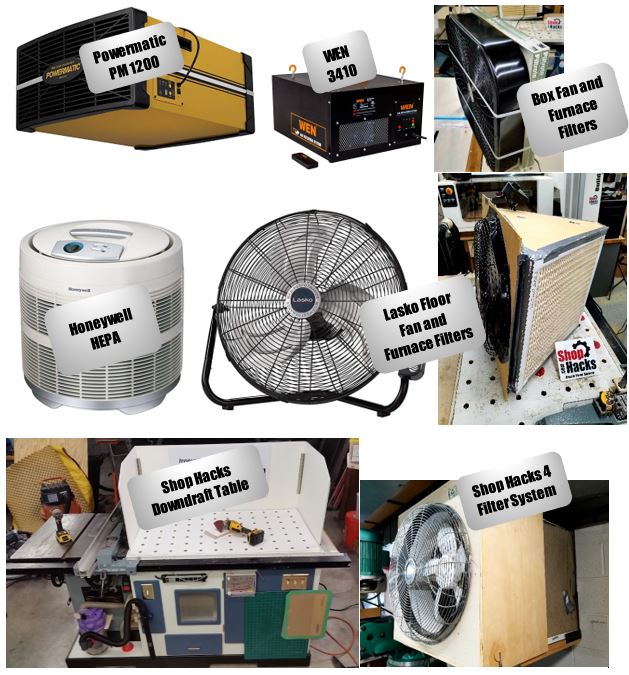
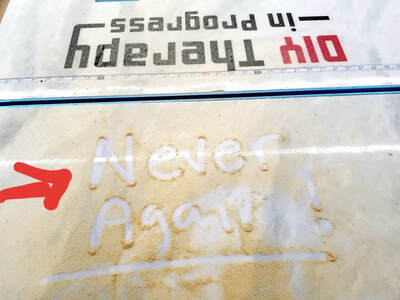
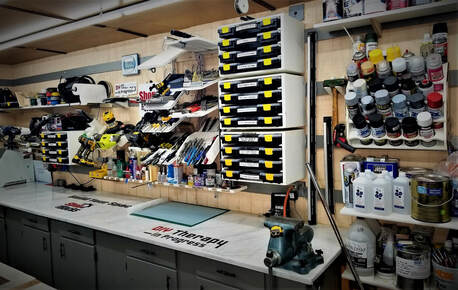
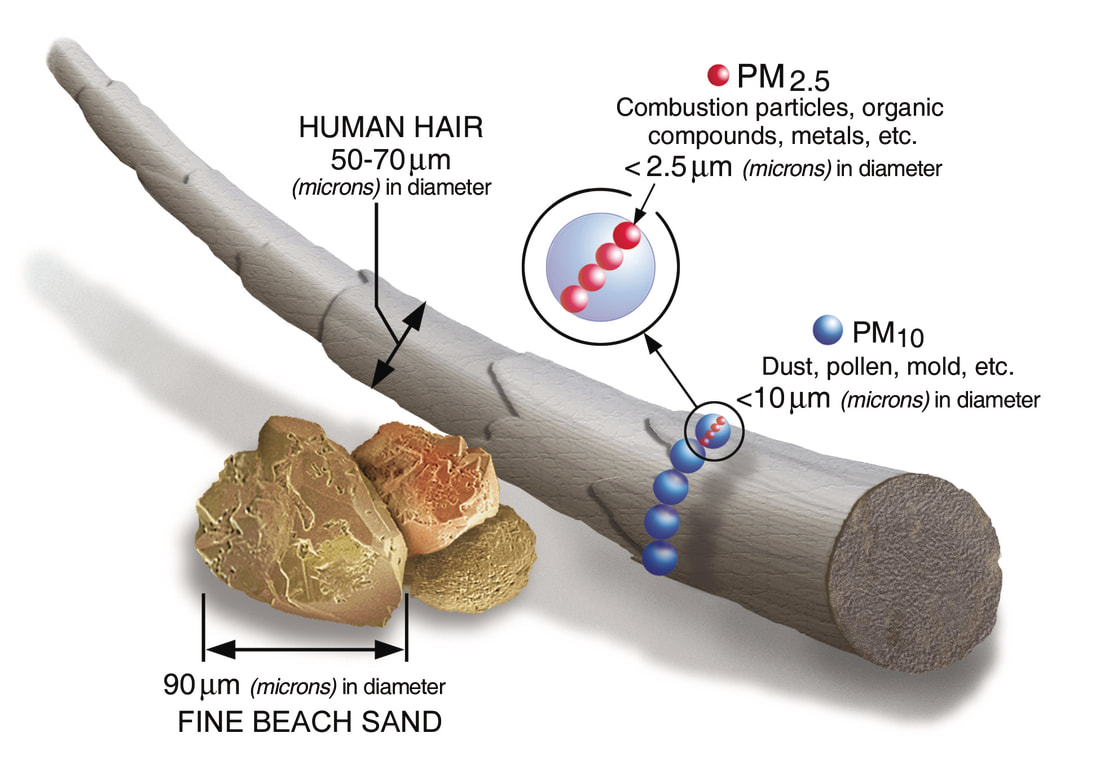
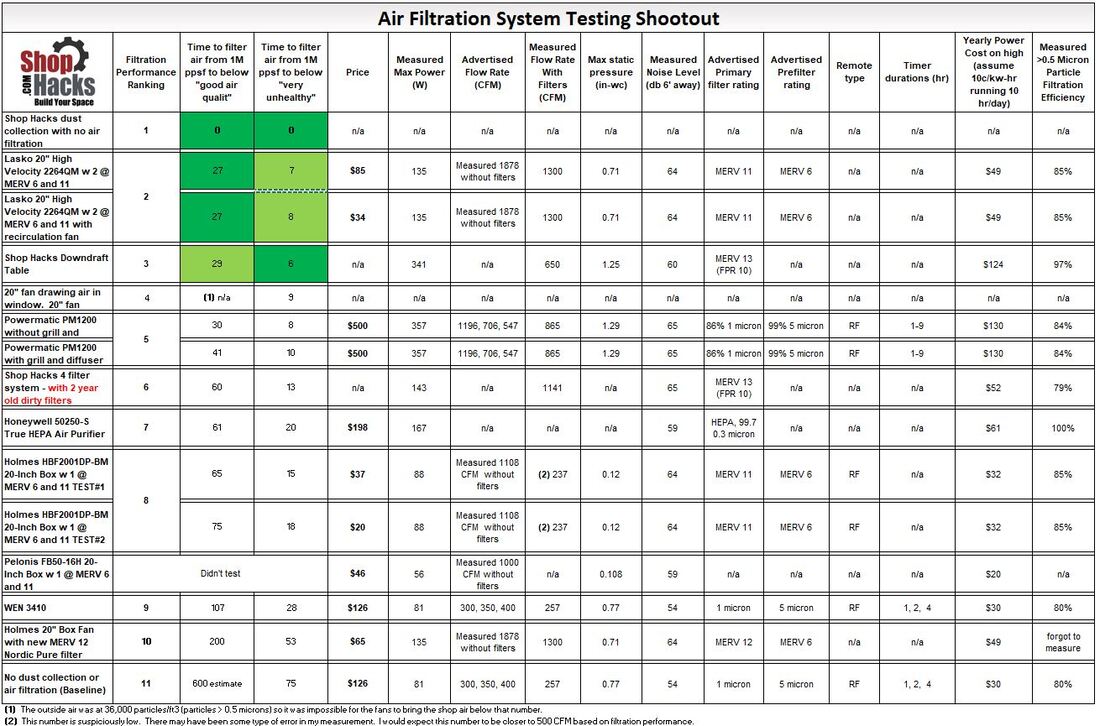
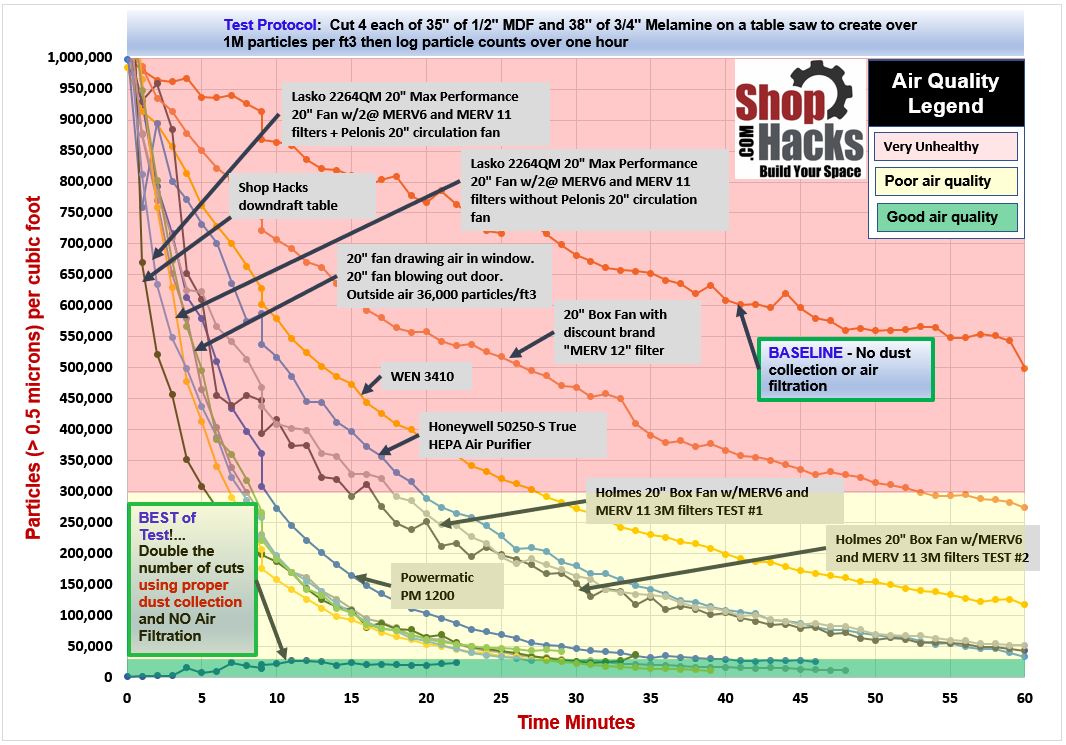
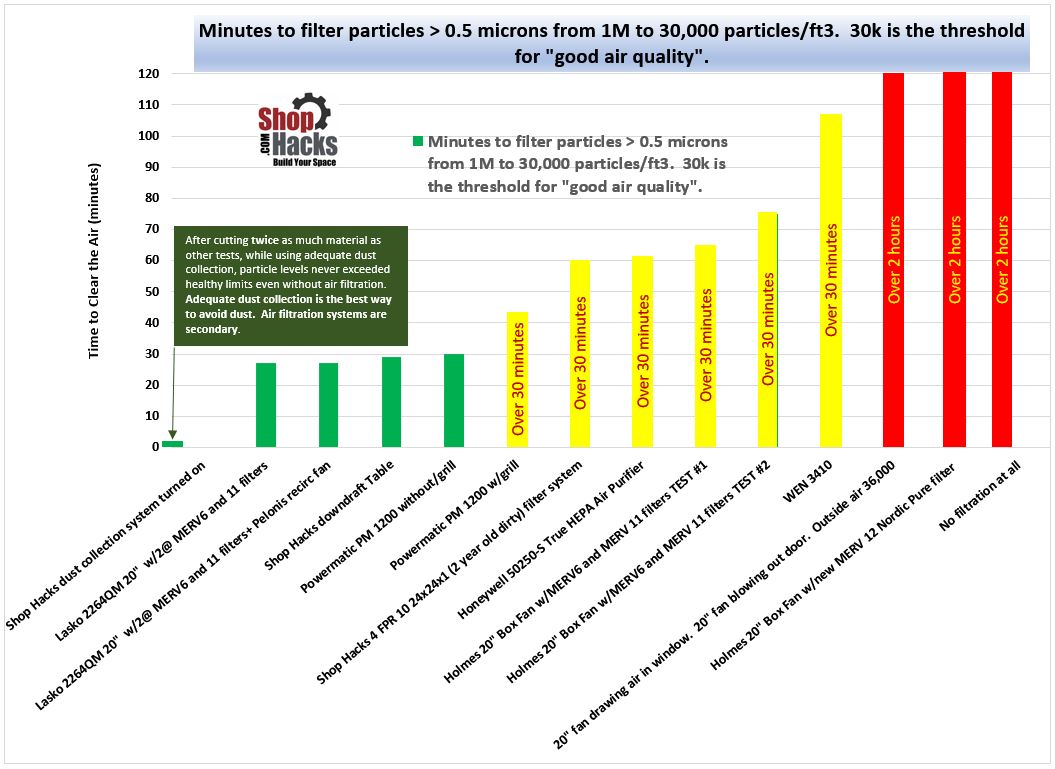
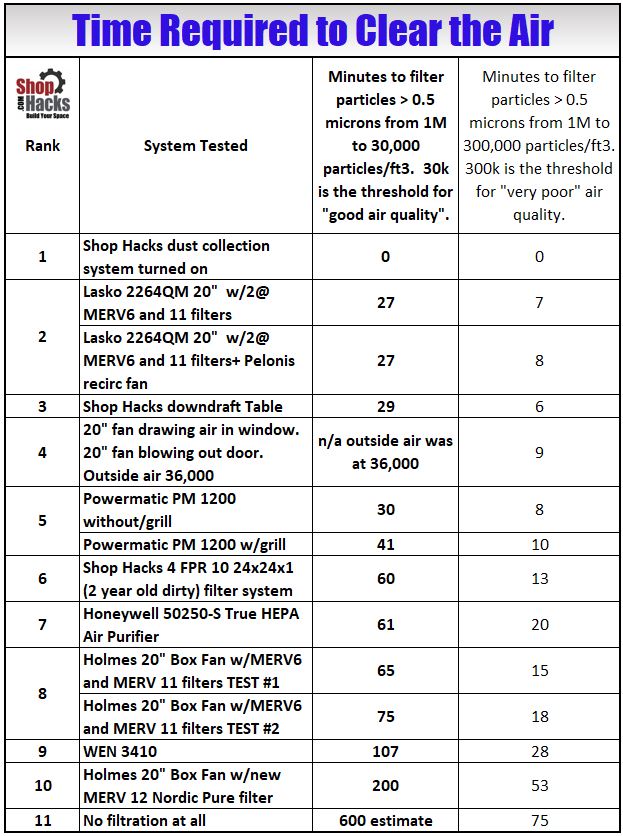

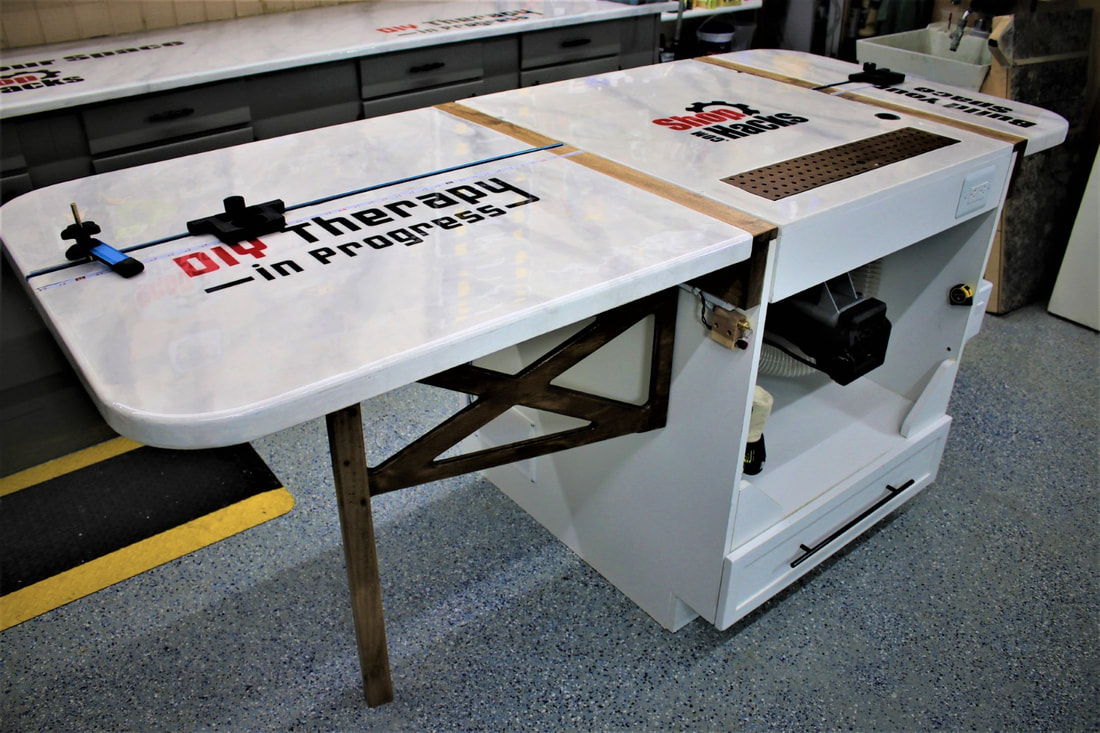
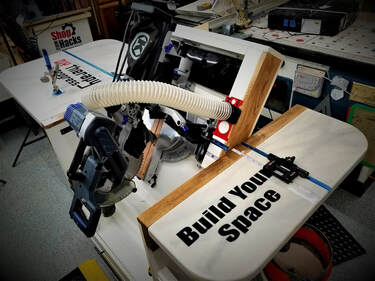
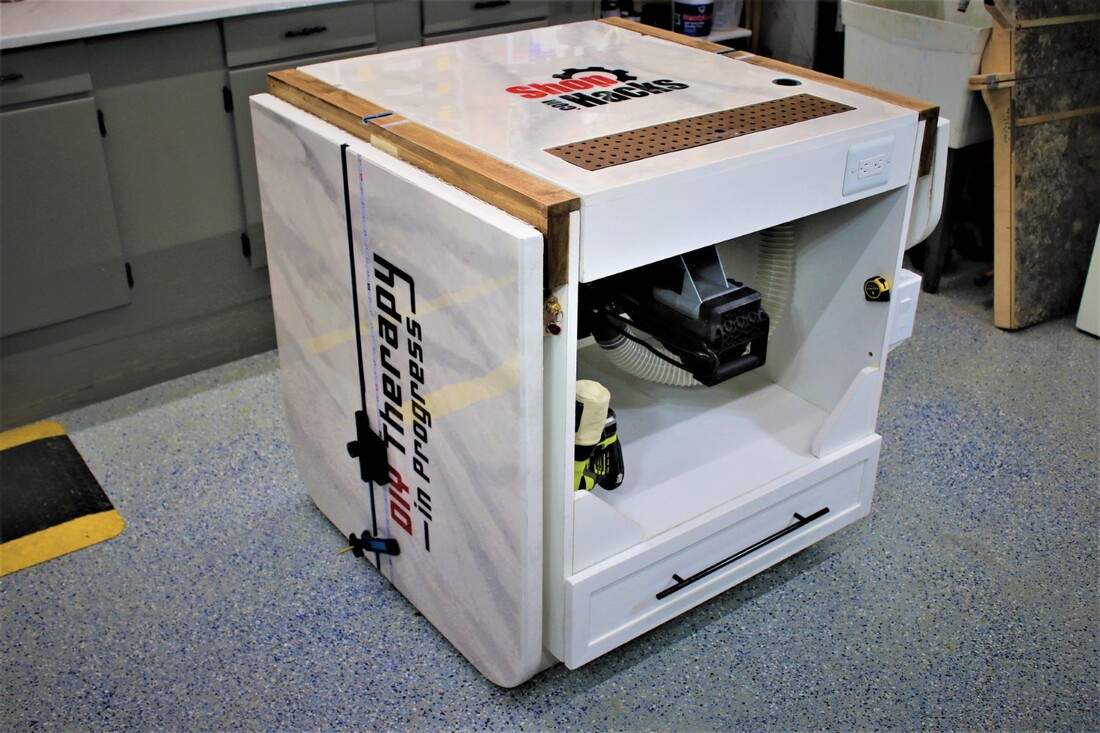
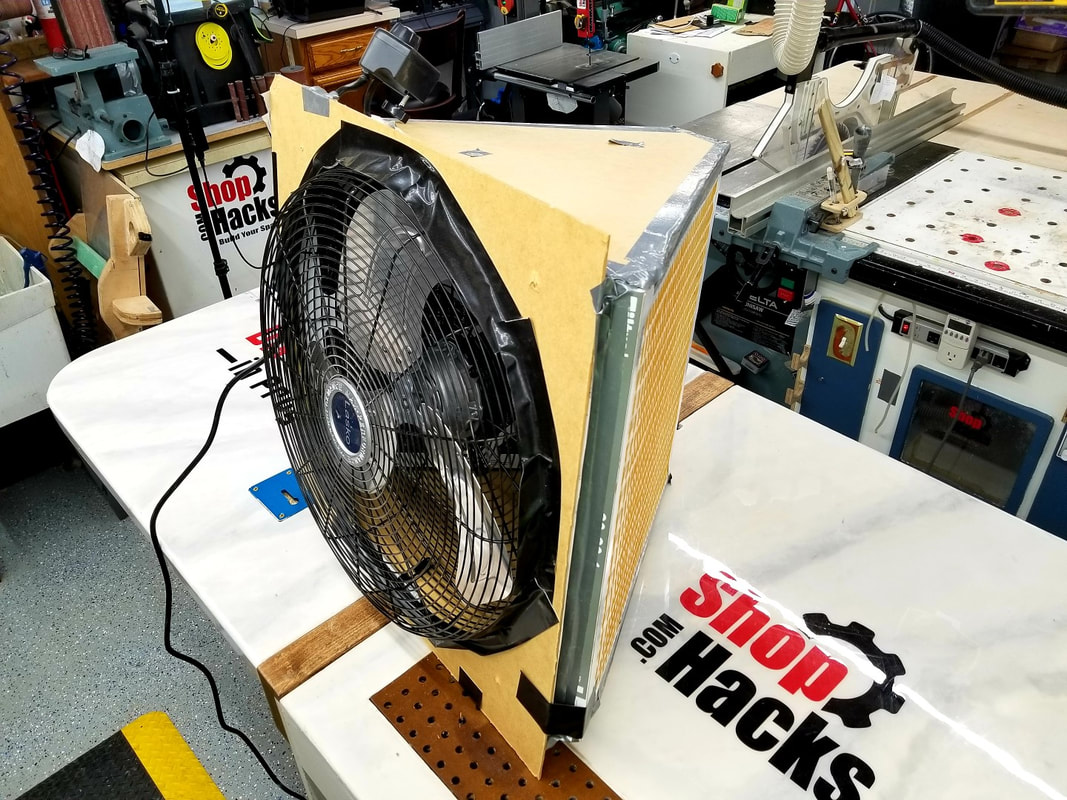
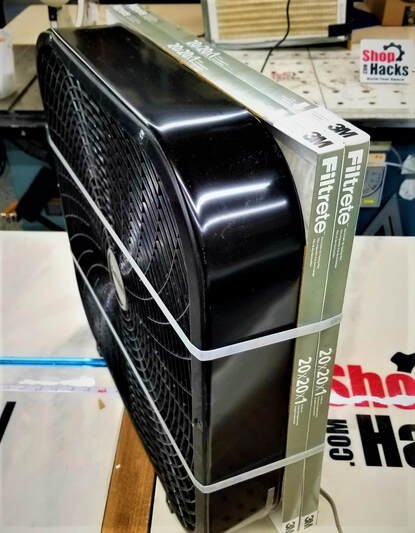
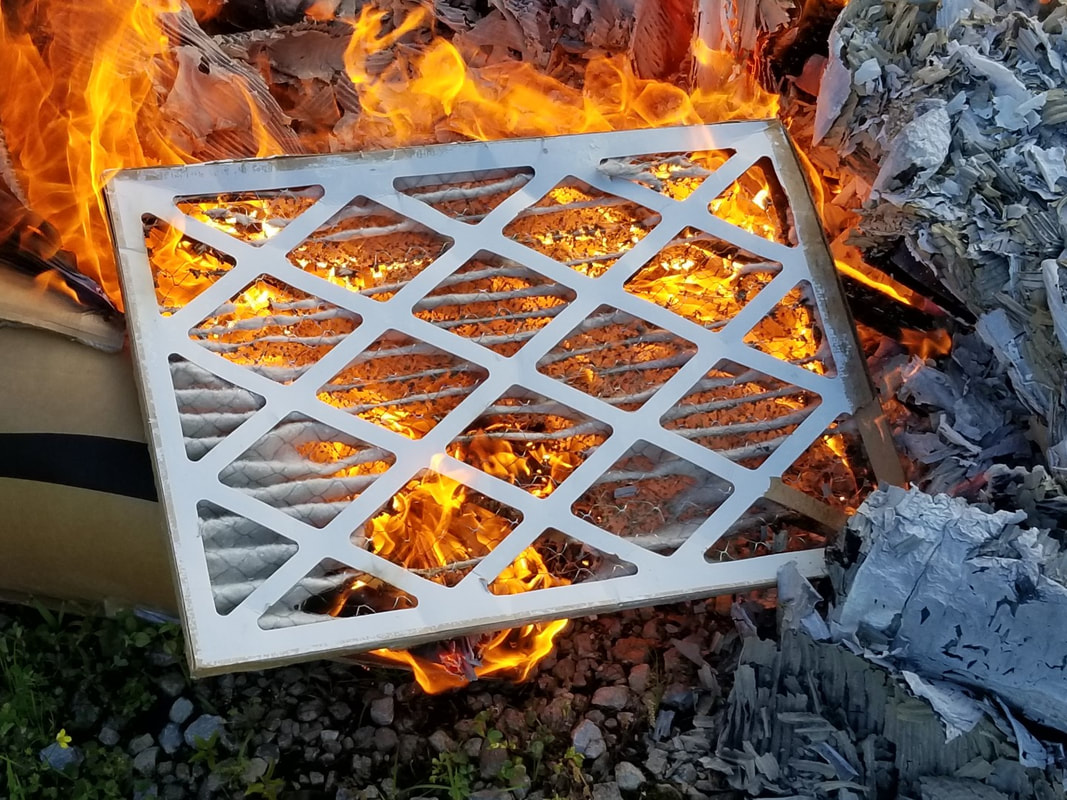
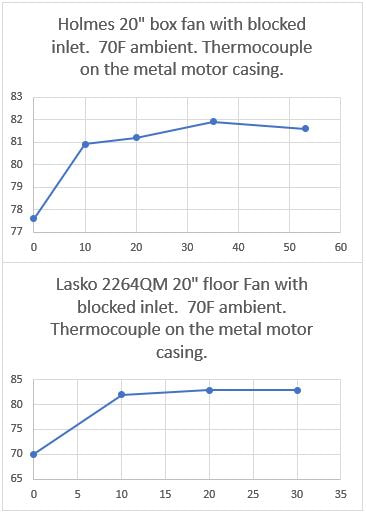
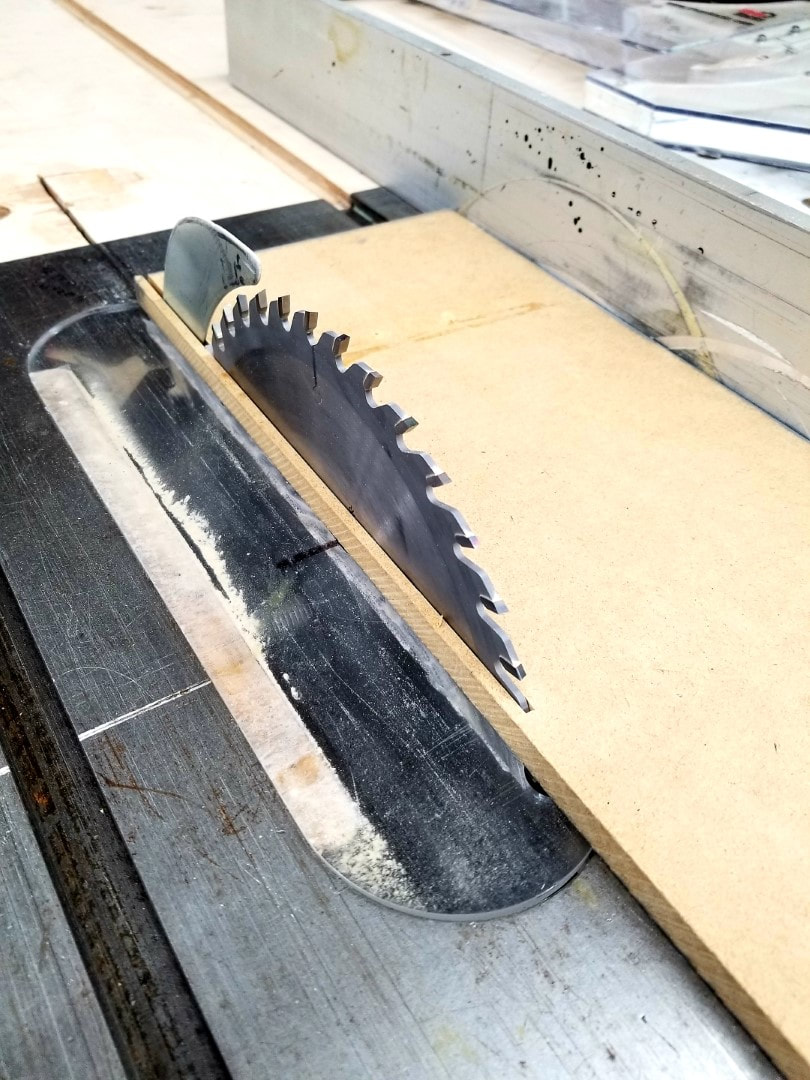
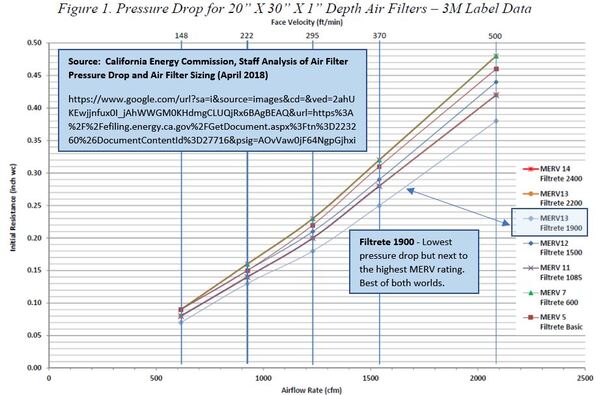
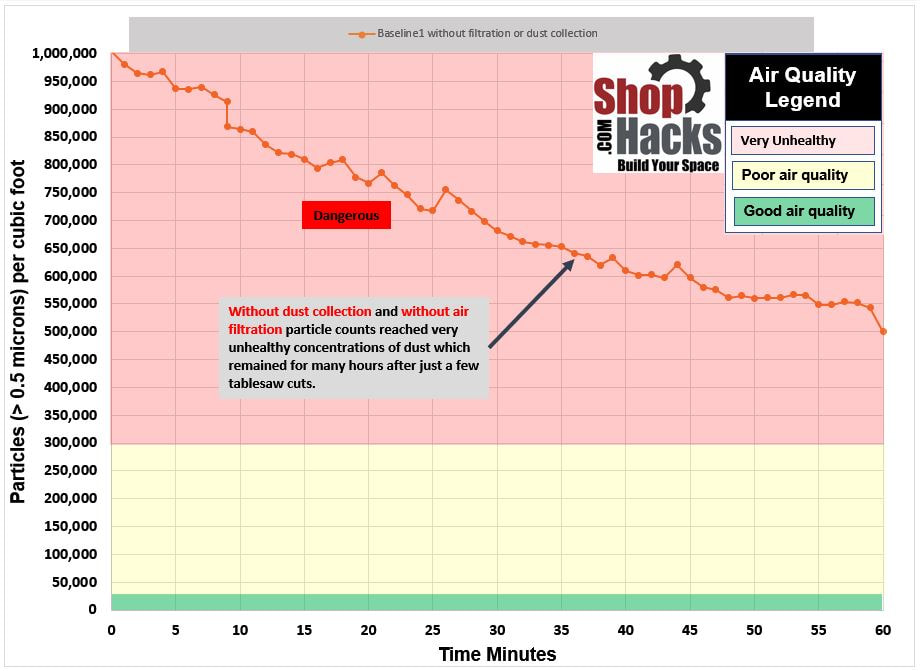


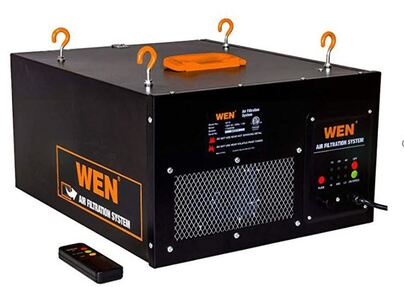
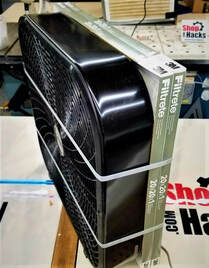
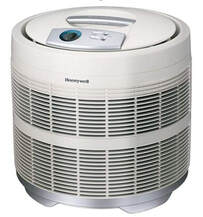
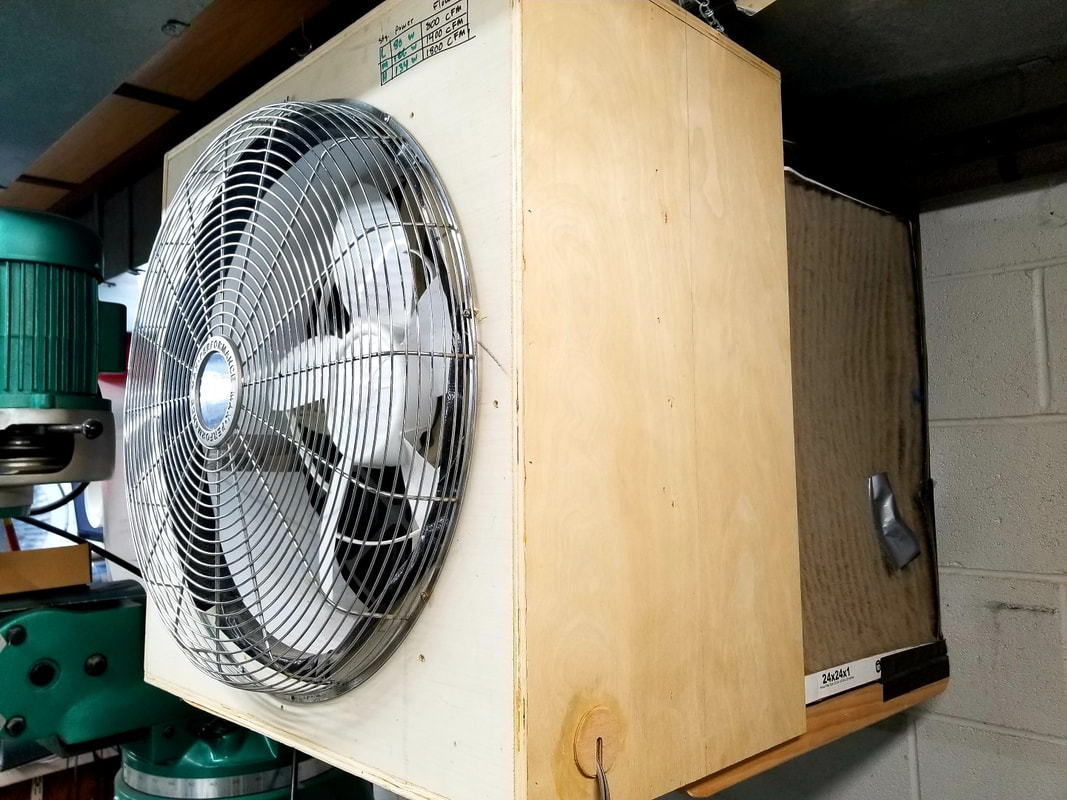
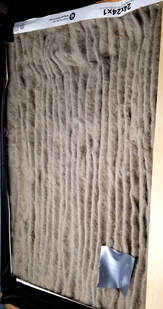
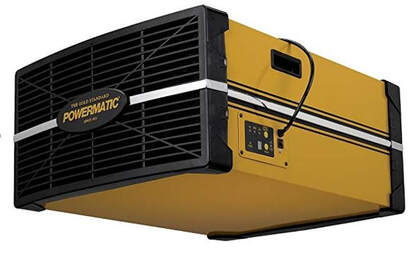
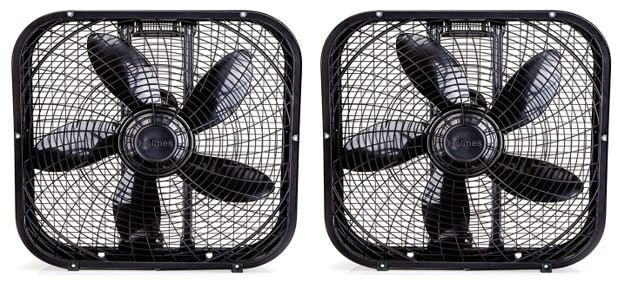
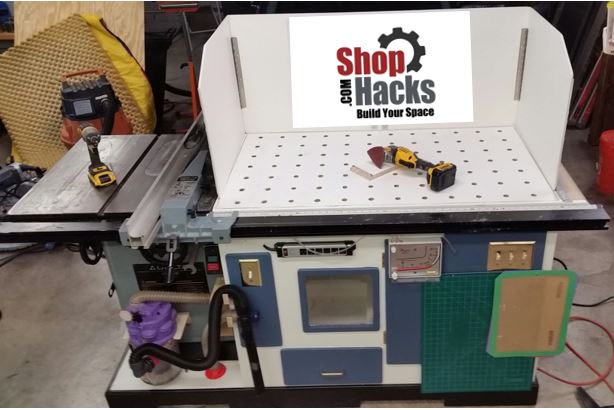

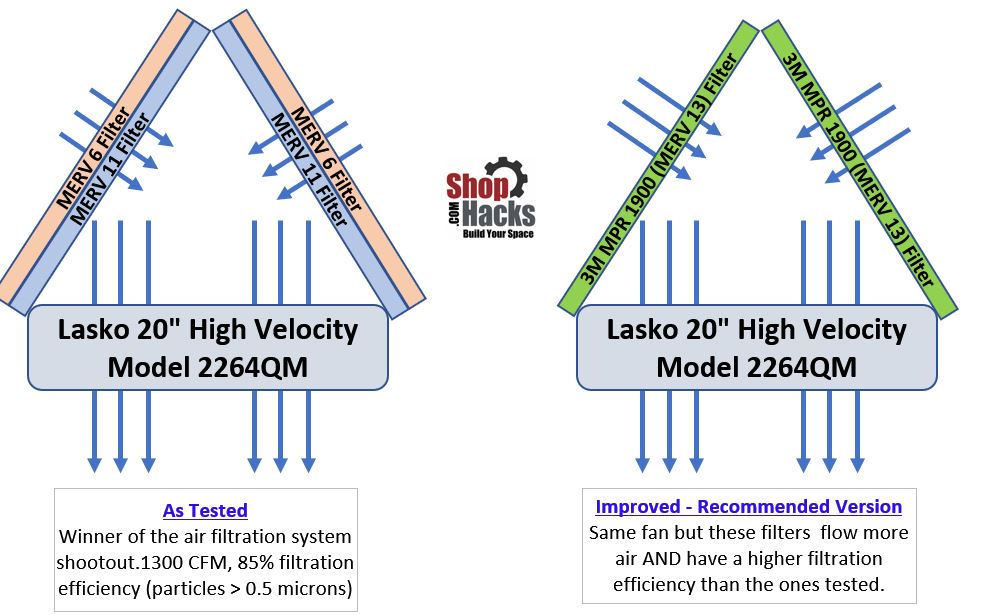
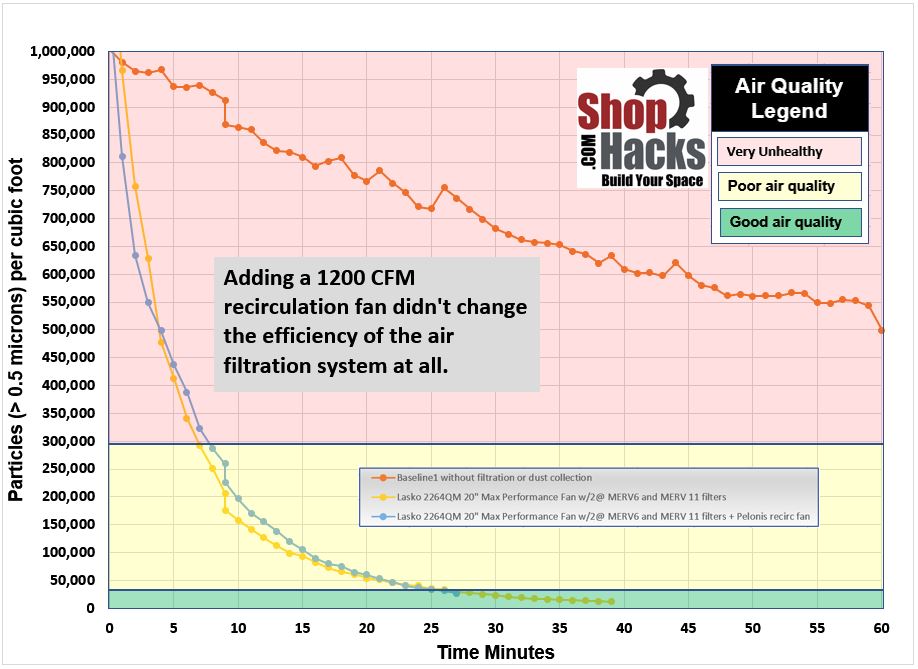
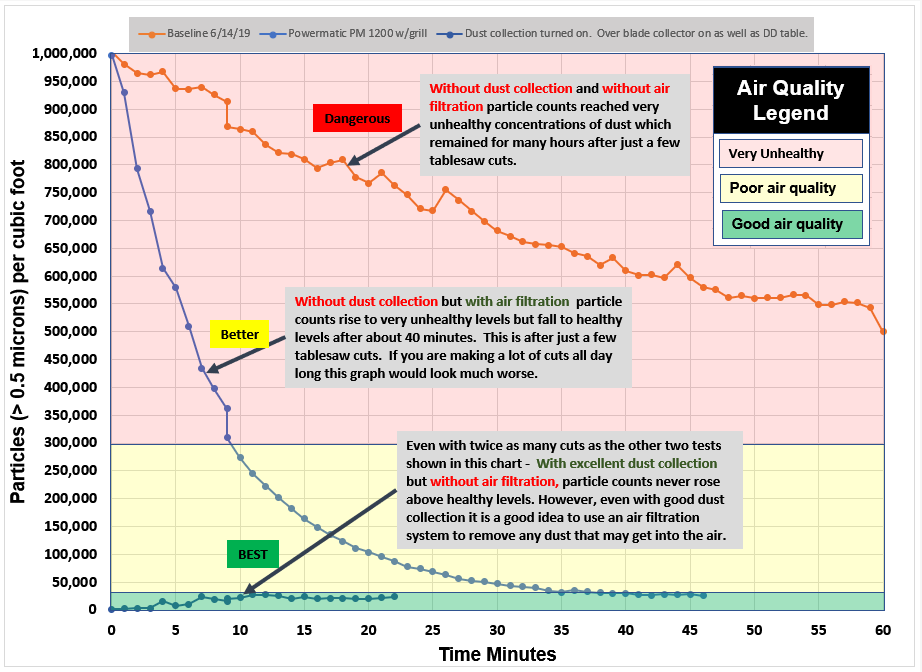
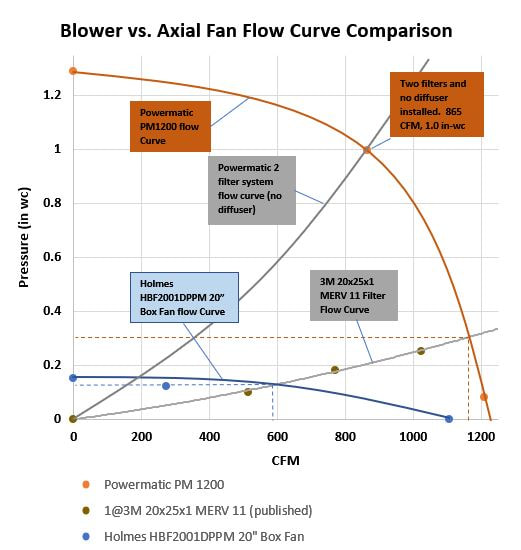
 RSS Feed
RSS Feed